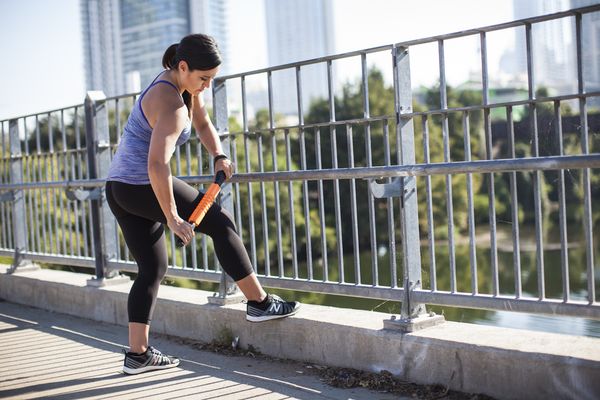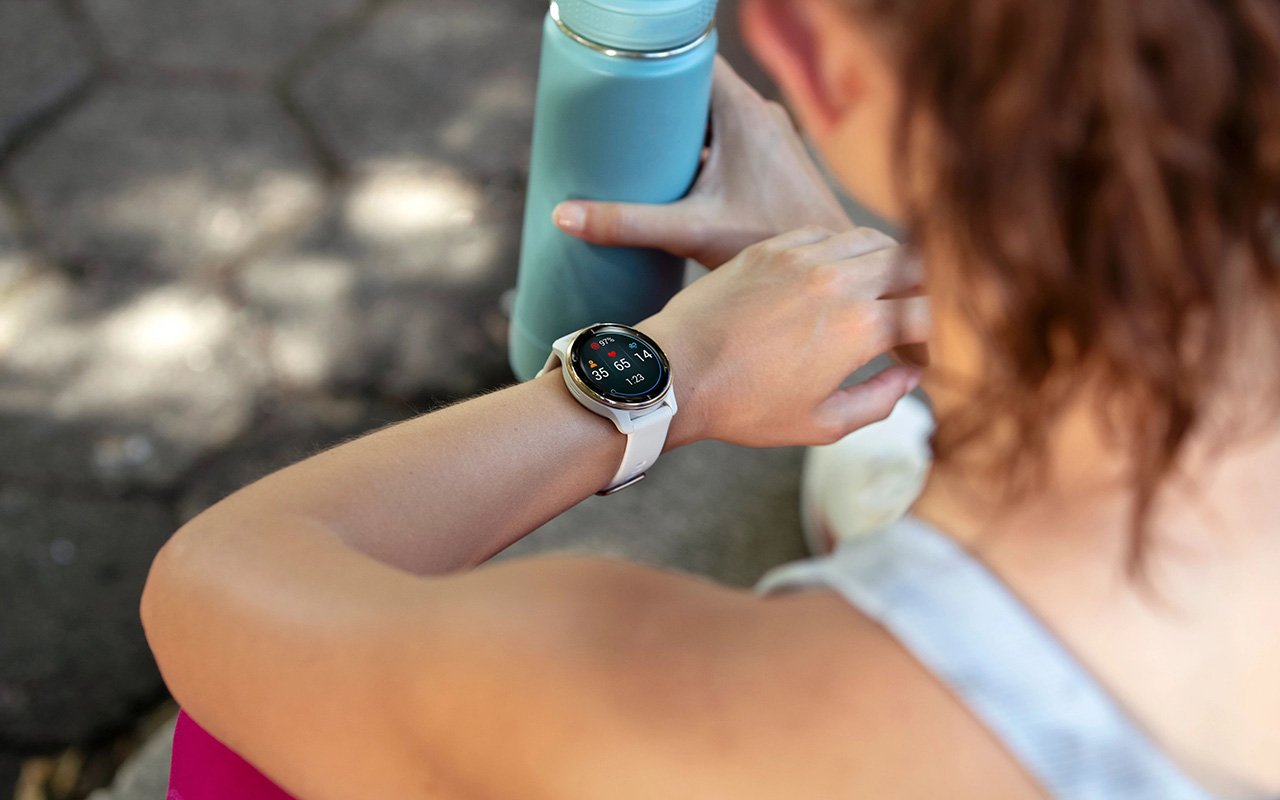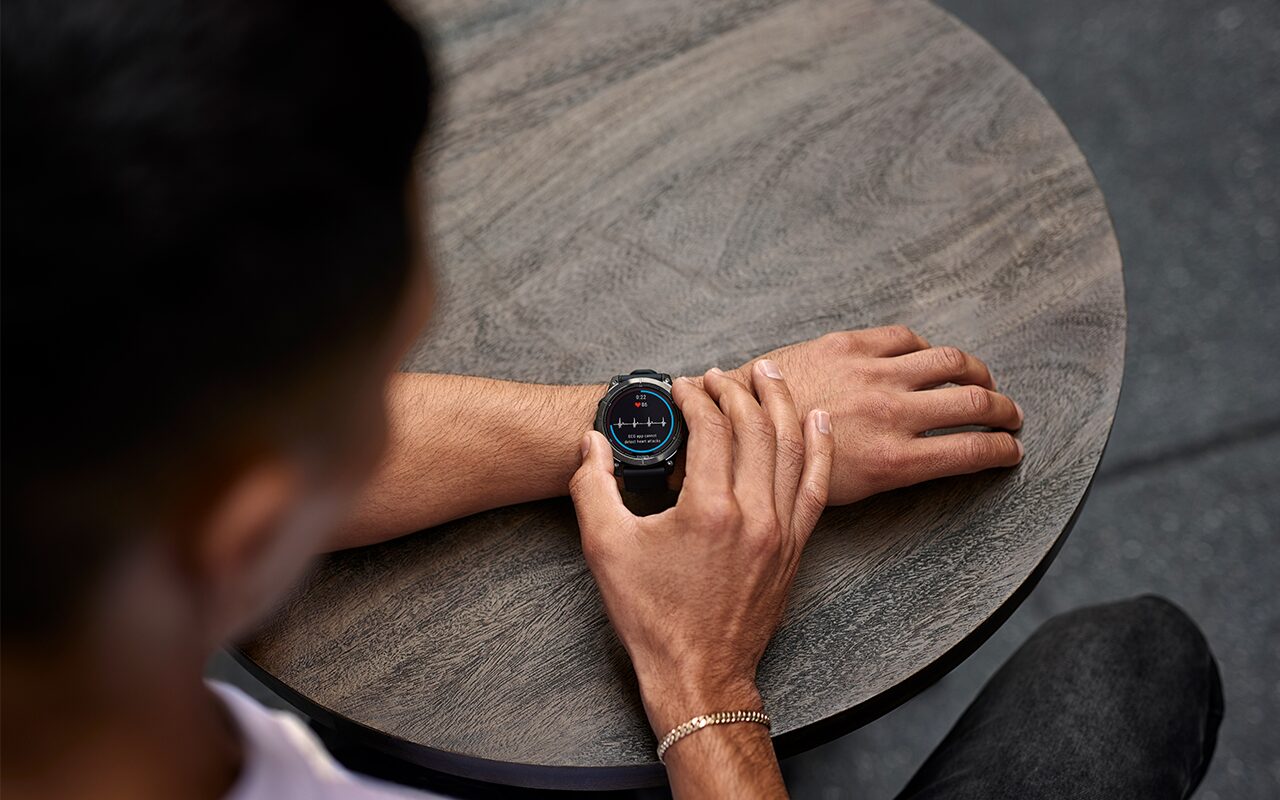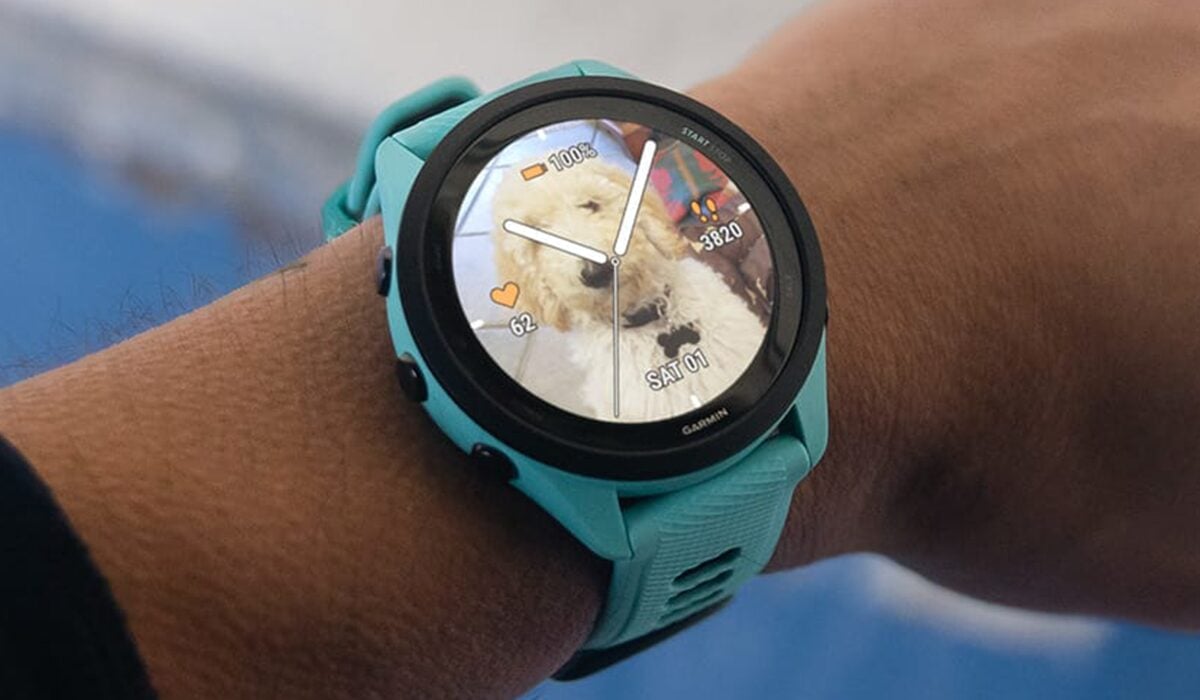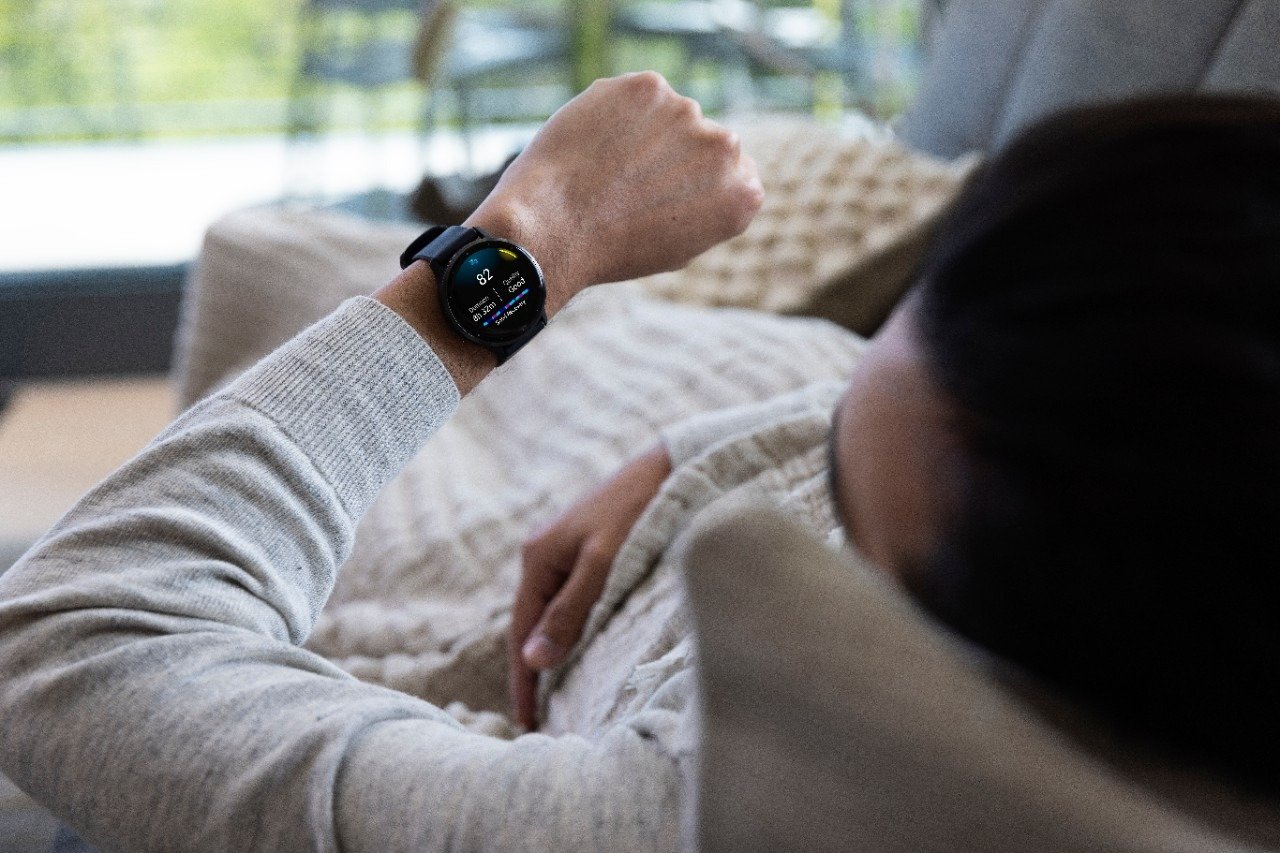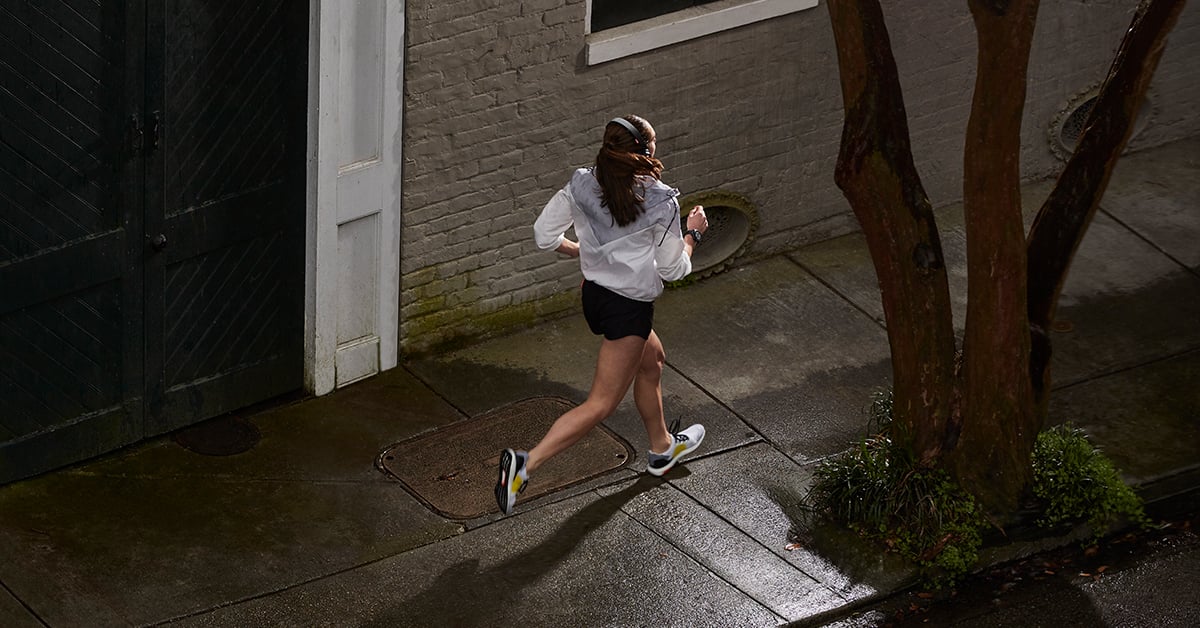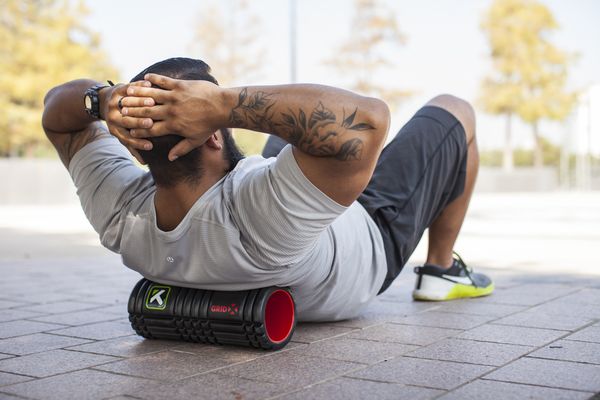
New Year. New You. New Goals. More Recovery.
Out with the old, in with the new! 2016 is here to stay, and as usual, health clubs are packed! The majority of the population wants a new body. While many people suggest health and fitness goals should not be a part of a “resolution,” but rather a lifestyle, I fully support starting somewhere. But (prepare for a cheesy cliché), fitness is a journey not a destination. Health never ends; in fact, it becomes more challenging as time goes on. So, the best thing to do is learn to enjoy it. A great first step towards enjoying your new journey is to not be in pain from it. The human body’s pain management system is extremely complex -in many cases causing pain for no reason. The best way to avoid pain is to treat your body well and make your recovery a priority.
Your body changes during the recovery not the workout. One of the most important aspects of recovery is doing something to get nutrients to the muscles that were working the hardest. Foam rolling is one of the best self-application techniques available today. Direct compression to the muscles after a workout can help to flush out “metabolic waste” (by-product of every muscle contraction) and speed up the repair process. Here are 5 signs that you may need to introduce foam rolling into your recovery:
- Soreness is lasting too long (more than 36 hours)
- Aches and pains “creep up” in other areas throughout the day
- Increased stiffness
- Knots and tight spots
- Decreased mobility
Spending a few minutes every day “rolling out” problem areas can speed up the recovery process and eliminate or greatly reduce many of the above. By speeding up recovery and taking care of your muscles, you will increase the chances of reaching your goals.
The key is to make foam rolling a habit. The most important step in creating a habit is to have a cue or a reminder. A simple reminder to foam roll can be a two-step process.
- Find a foam roller you love
- Set it in the same place every day so you will see it
There are many different rollers on the market, all with a unique feel and purpose. Find one that you like the best. Some things to consider when purchasing a foam roller are durability, design, and portability. Does it fit your lifestyle?
If the roller is placed in the back corner by the treadmill or in a closet, chances are that it quickly be forgotten or covered up. Make it visible. Set your foam roller by the back door or in your gym bag so you see it. Habits take time, so you can also take advantage of the many electronic devices surrounding us today. Set a reminder on your phone or Garmin at the same time every day or after you finish your work out to “spark” the routine. Happy rolling!
-Kyle Stull
Kyle Stull is the Senior Master Trainer and Education Content Manager for TriggerPoint, a division of Implus LLC. Kyle is also a Faculty Instructor the National Academy of Sports Medicine (NASM) since 2010, where he teaches Fitness and Corrective Exercise Workshops and contributes content for various journals and articles. Kyle has a Master’s of Science in Rehabilitation, a Bachelor’s of Science in Sport Management, and is a Licensed Massage Therapist with more than 12 years of experience in personal training, corrective exercise, and manual therapy.
